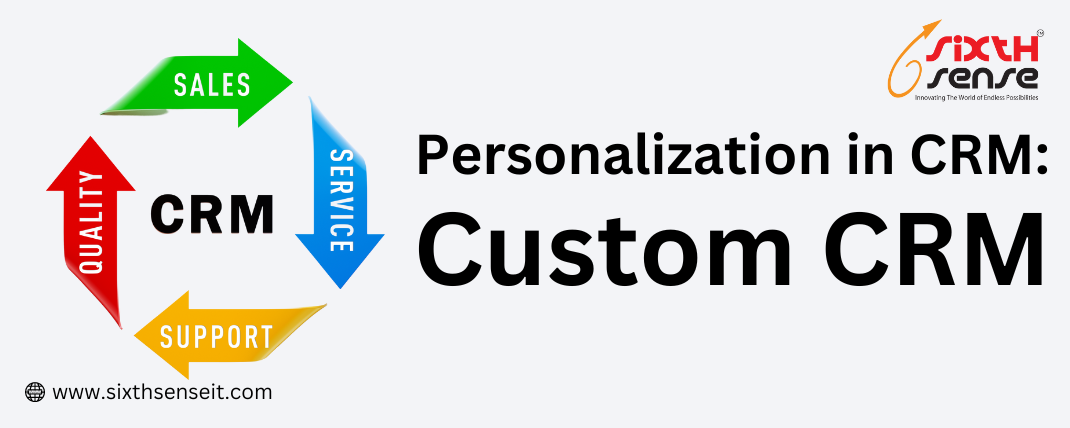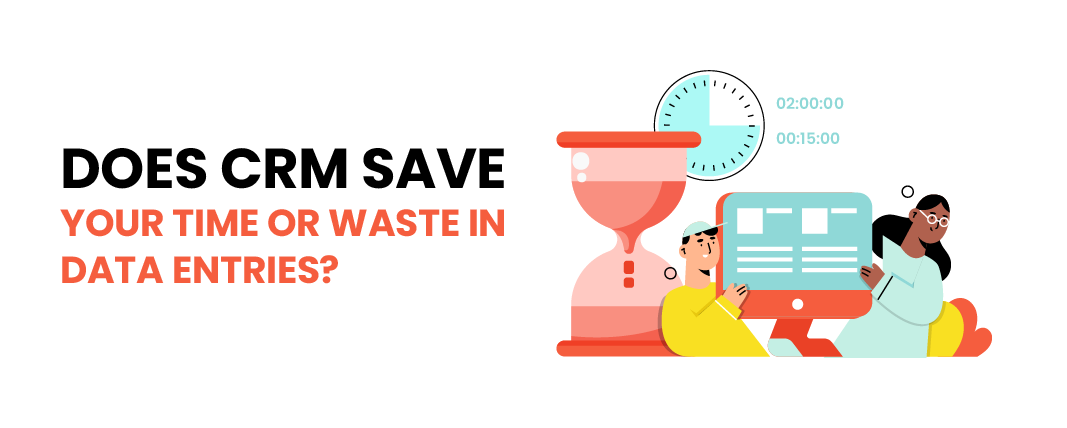
Strategies for Repairing Your Website's SEO


In the vast digital landscape, where visibility is key to success, a website's Search Engine Optimization (SEO) plays a pivotal role. But what happens when the SEO strategies have faltered, leading to a decline in rankings and visibility? In this comprehensive blog, we embark on a journey to explore effective strategies for repairing a website's SEO. From conducting a thorough SEO audit to implementing corrective measures, we'll navigate the road to recovery step by step.
Before charting a course for recovery, it's essential to understand the extent of the damage. This chapter delves into the importance of a comprehensive SEO audit, covering aspects such as on-page and off-page SEO, technical issues, and backlink analysis. Through a meticulous audit, businesses can identify weaknesses and lay the groundwork for a targeted recovery strategy.
Addressing On-Page SEO Issues
On-page SEO forms the bedrock of a website's visibility. In this chapter, we'll explore common on-page SEO issues, from poorly optimized title tags to duplicate content. By addressing these issues and implementing best practices, businesses can optimize their pages for search engines, laying a solid foundation for improved rankings.
Off-page SEO, encompassing backlinks and online mentions, is crucial for building digital credibility. This chapter discusses strategies for assessing and enhancing off-page SEO, including the removal of toxic backlinks and the cultivation of a positive online reputation. Effective off-page SEO repair contributes significantly to rebuilding a website's authority.
Keywords are the language of search engines, and a strategic keyword overhaul can breathe new life into a website's SEO. This chapter explores the process of conducting thorough keyword research, optimizing existing content, and strategically incorporating keywords to align with user intent. A revamped content strategy not only improves SEO but also enhances user experience.
User experience is a critical ranking factor, and neglecting it can hinder SEO recovery. This chapter addresses issues related to website speed, mobile responsiveness, and overall user satisfaction. Implementing improvements in these areas not only appeases search engine algorithms but also ensures a positive interaction for visitors.
Content is the heart of SEO, and reviving a website's content quality is paramount for recovery. In this chapter, we'll discuss strategies for creating high-quality, relevant content that aligns with user intent. From updating outdated content to diversifying content formats, a content quality upgrade contributes to enhanced engagement and improved search rankings.
In an era dominated by mobile users, neglecting mobile optimization is a cardinal sin in SEO. This chapter explores strategies for ensuring a seamless mobile experience, from responsive design to mobile-friendly content. By prioritizing mobile optimization, websites can tap into a broader audience and signal to search engines their commitment to user accessibility.
For websites that have suffered penalties or algorithmic repercussions, recovery requires a targeted approach. This chapter outlines strategies for identifying the root causes of penalties, rectifying issues, and submitting reconsideration requests when applicable. Understanding the intricacies of penalties is crucial for a successful SEO recovery plan.
Quality backlinks remain a cornerstone of SEO success. This chapter delves into the art of ethical link building, emphasizing the importance of building relationships, creating shareable content, and leveraging industry partnerships. A sustainable link-building strategy not only enhances a website's authority but also fortifies its long-term SEO resilience.
The journey to repair a website's SEO is not a one-time effort but an ongoing process. In this final chapter, we'll explore the significance of continuous monitoring, analytics tracking, and iterative improvements. By staying vigilant and adapting to evolving algorithms, businesses can secure their position in the competitive digital landscape.
As we conclude our exploration of strategies for repairing a website's SEO, the overarching message is one of hope and renewal. By undertaking a comprehensive SEO audit and strategically addressing on-page, off-page, and technical issues, businesses can breathe new life into their digital presence. From keyword optimization to mobile responsiveness, each strategy contributes to the overall resilience of a website in the ever-evolving world of search engines. With dedication, strategic planning, and ongoing commitment, businesses can not only repair but also enhance their SEO, ensuring sustained visibility and success in the digital realm.



















































































































